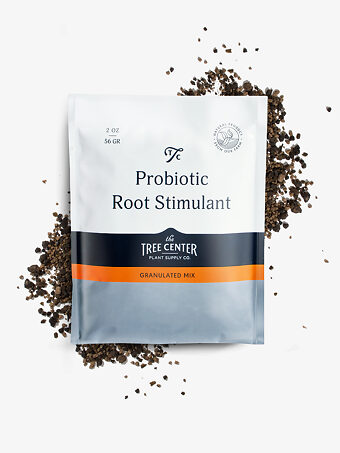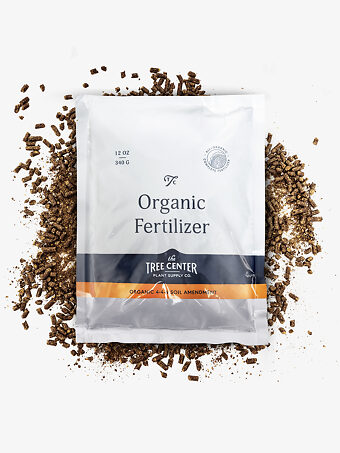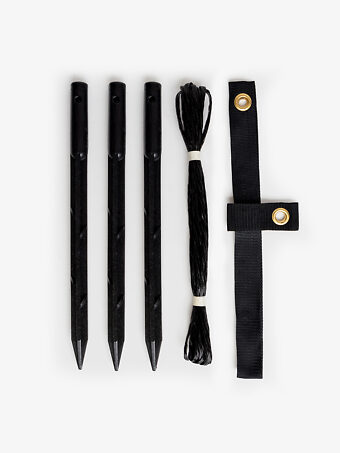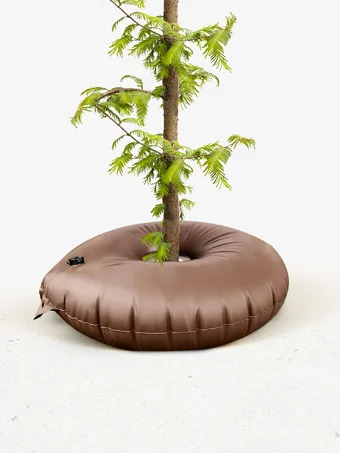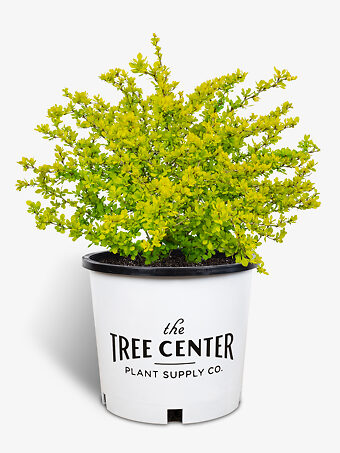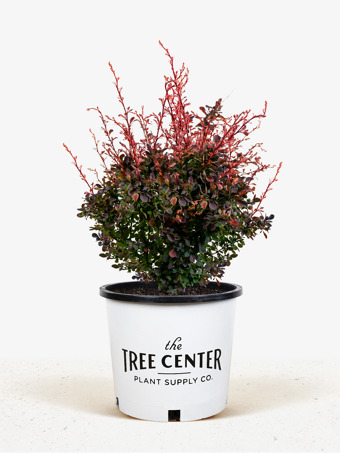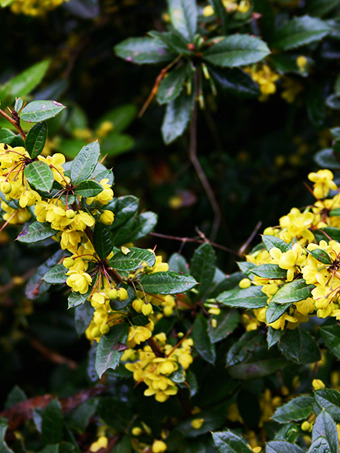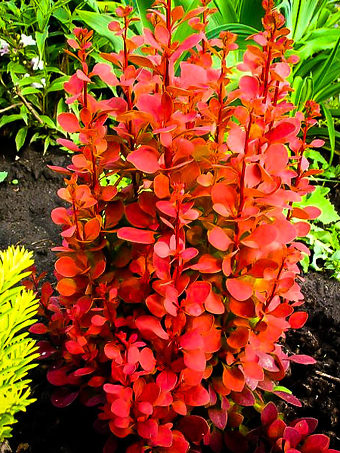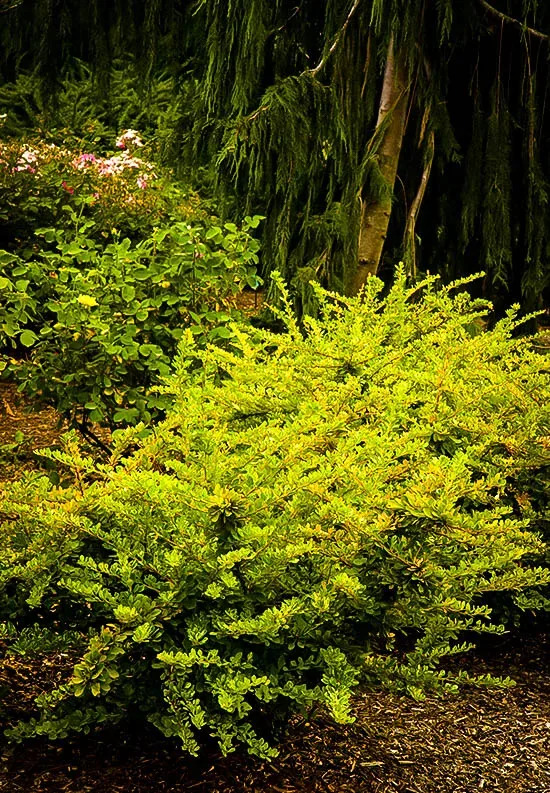
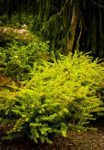
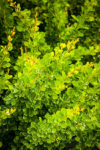
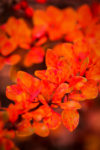

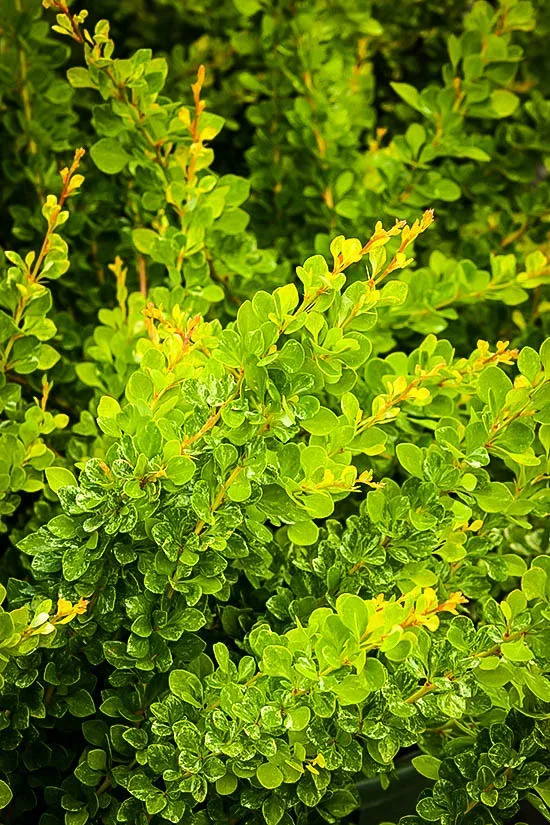
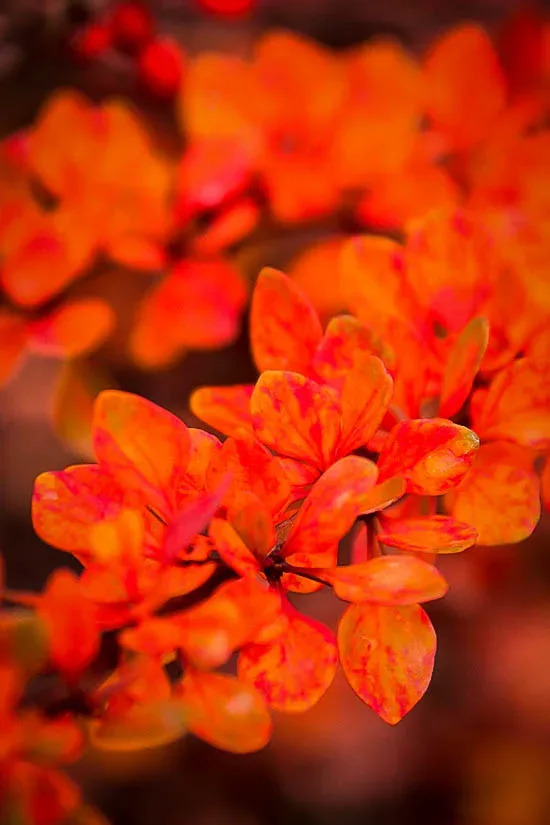
Lime Glow Japanese Barberry
Berberis thunbergii ‘Lime Glow'View more from Barberry
Lime Glow Japanese Barberry
Berberis thunbergii ‘Lime Glow'
this item doesn’t ship to
The Lime Glow Japanese Barberry is an attractive shrub with stunning golden to lime-green foliage in spring and summer. In fall the leaves turn brilliant shades of red, lightening up the garden. The lime-green foliage is a bright background for other plants, or a feature on a plant grown alone. All colors are improved when seen alongside this charming color. Unlike older varieties of Japanese Barberry with golden leaves, this form will not burn and become unattractive in sunny locations. Plant it among other medium-sized shrubs, or as part of a collection of drought-resistant plants. It can also be planted in a row to create a colorful and intruder-proof hedge.
- Beautiful scorch-proof golden foliage
- Excellent vibrant color addition to any garden
- Brilliant red leaves in fall
- Deer-proof and free of pests or diseases
- Hardy to minus 30 and even grows in poor soil
Plant the Lime Glow Japanese Barberry in a sunny or partially-shaded location. The strongest color develops in full sun. It will grow in a wide range of soils, although not in wet ground. Once established it will tolerate dry and neglect. This plant is very hardy right across the country, grows well in poor soil and dry conditions and it is pest and disease free. Even deer avoid the thorny stems, and these also give added security around your home.

Botanical Name:
Berberis thunbergii ‘Lime Glow'
Mature Width:
4 ft
Mature Height:
5 ft
Grows Well In:
Zones 4-8

Sun Needs:
Full Sun
Water Needs:
Low
Growth Rate:
Medium
Flower Color:
Yellow
Flowering Season:
Spring
